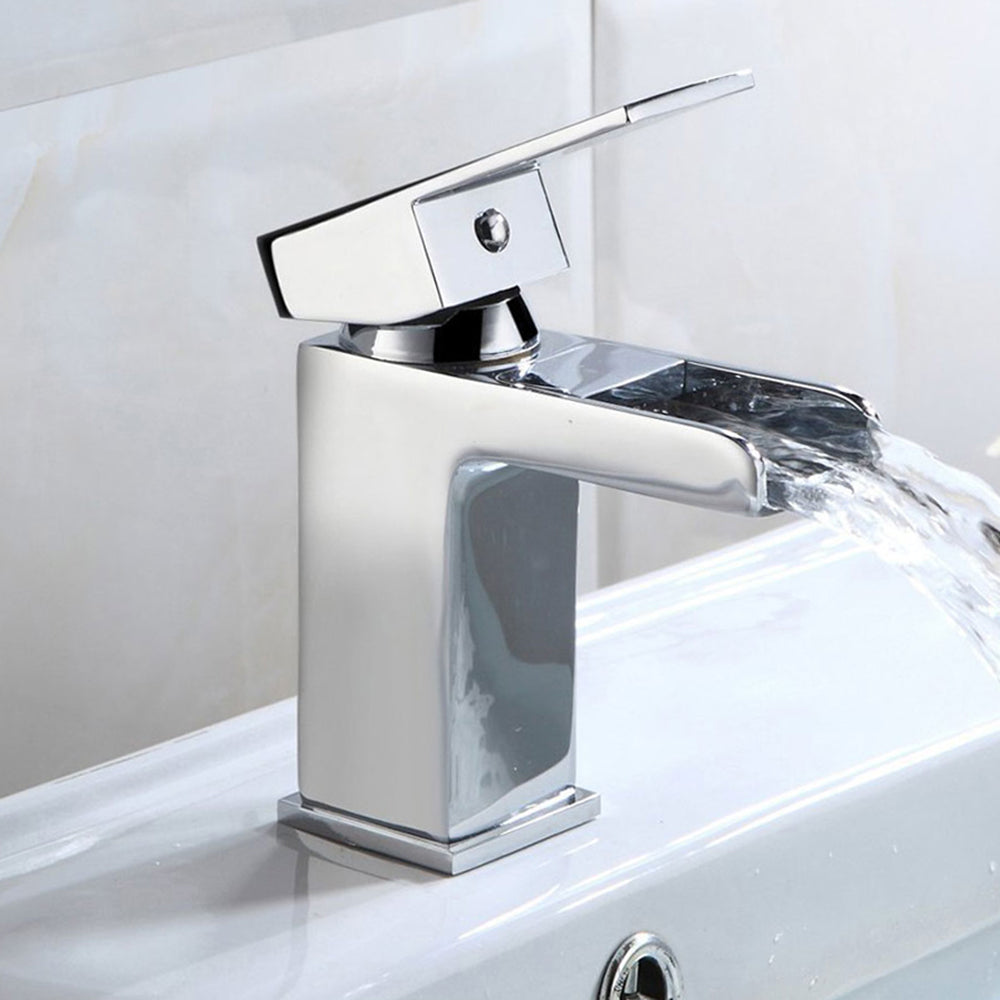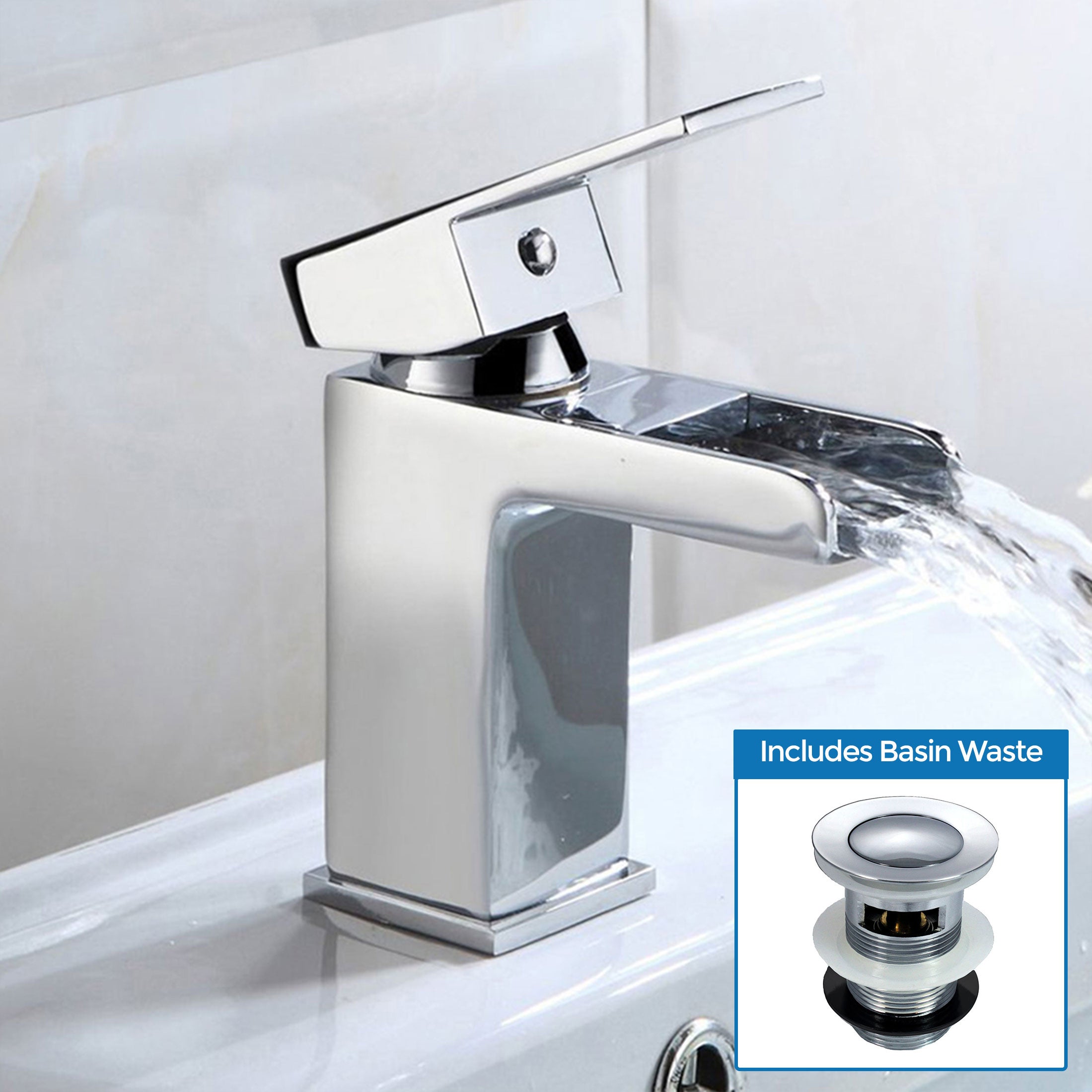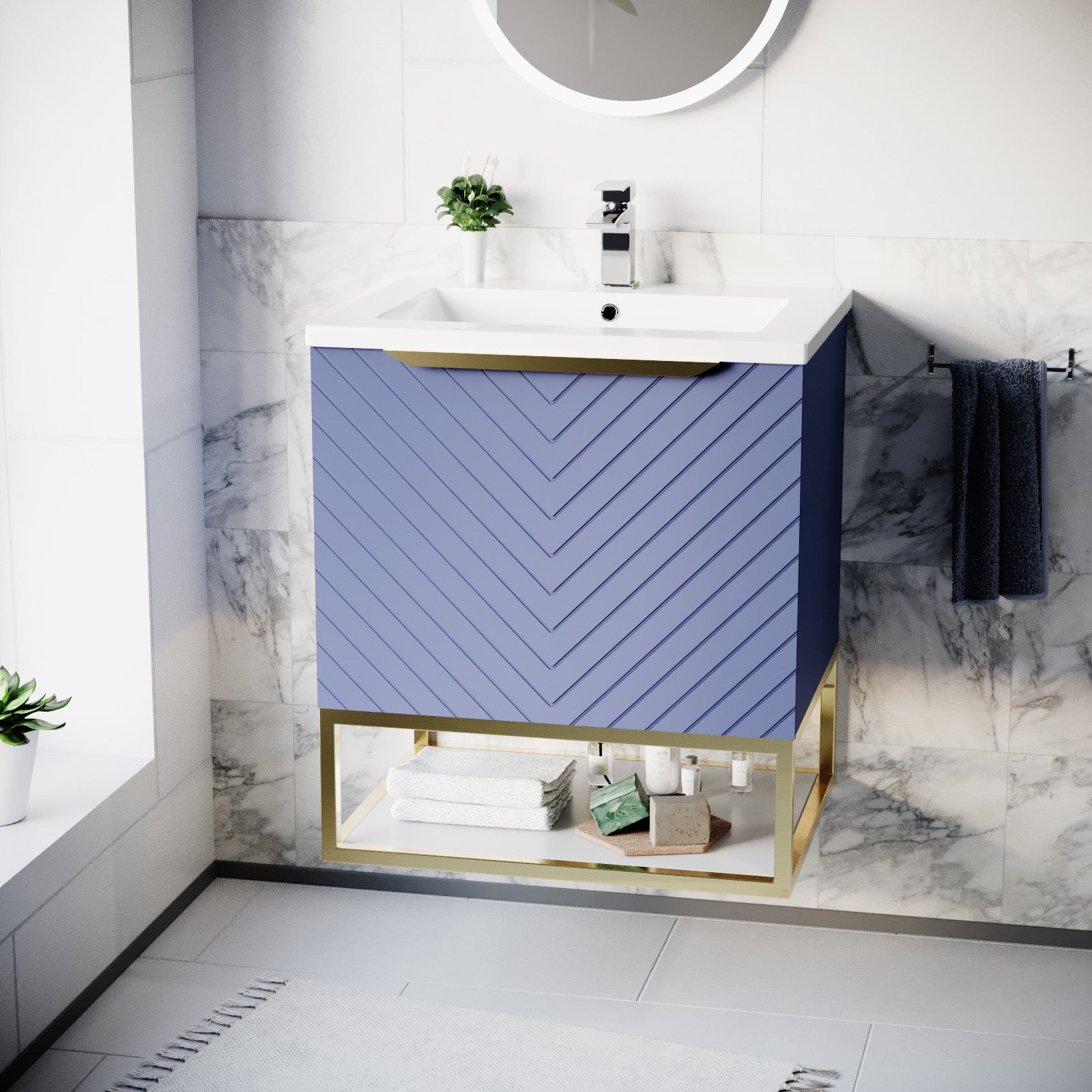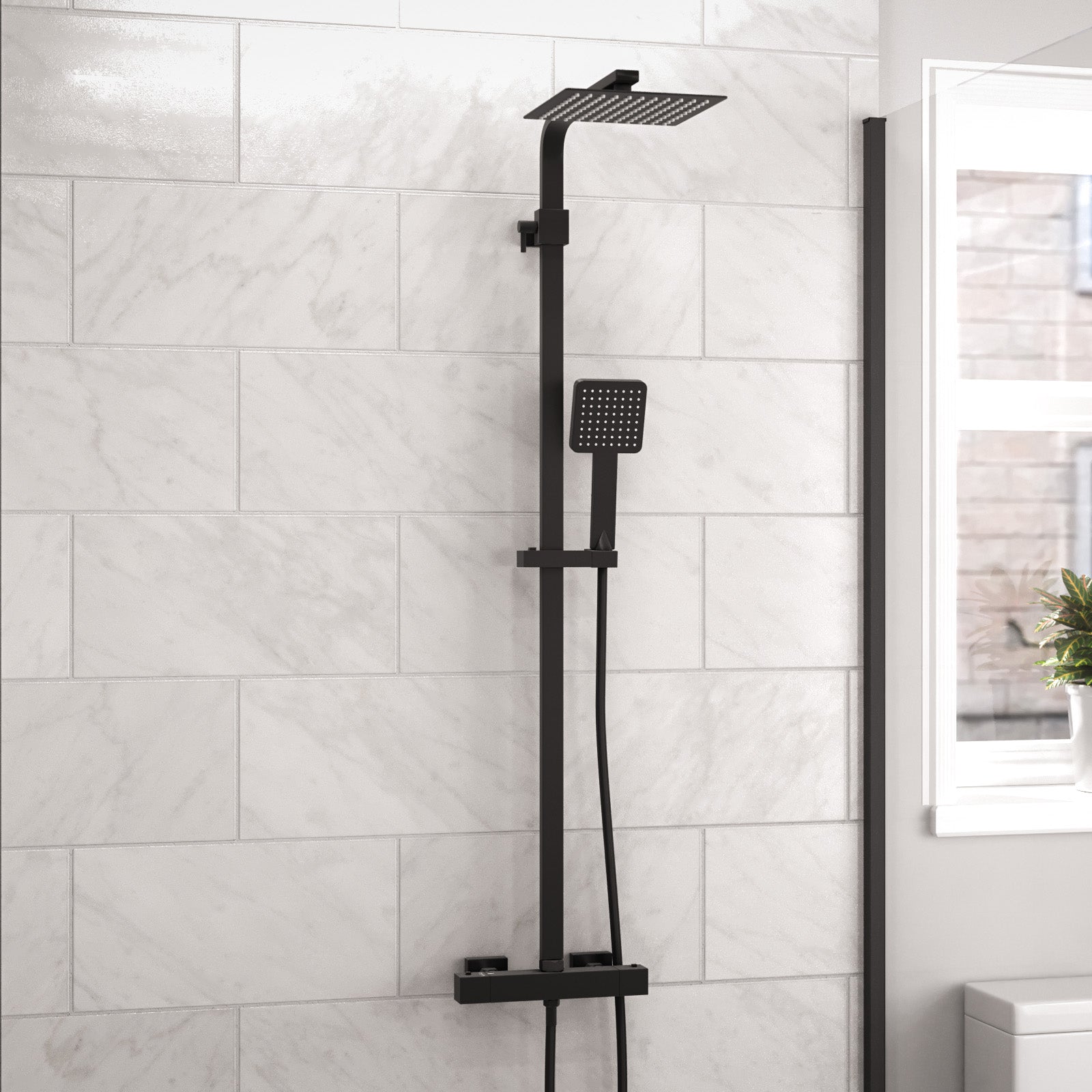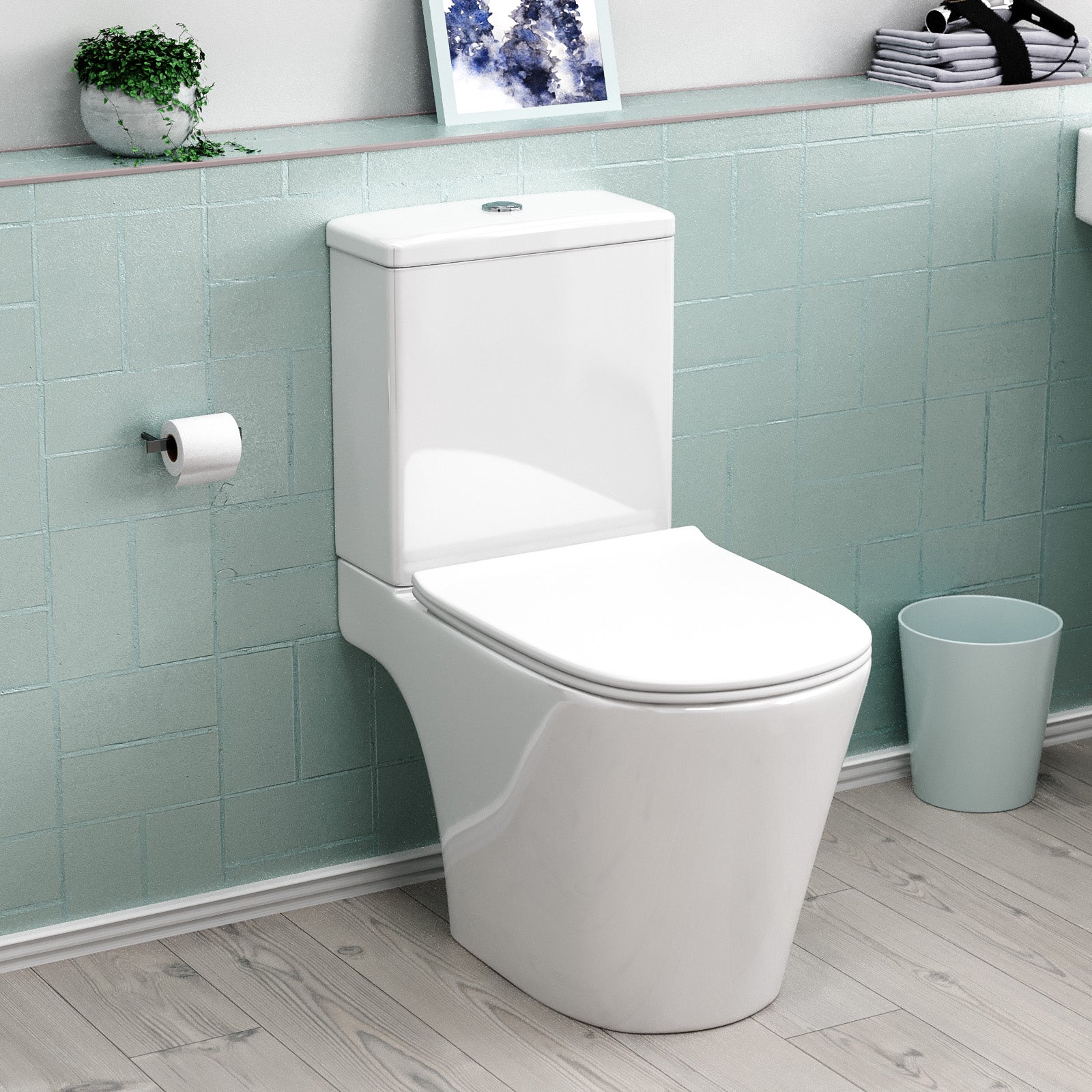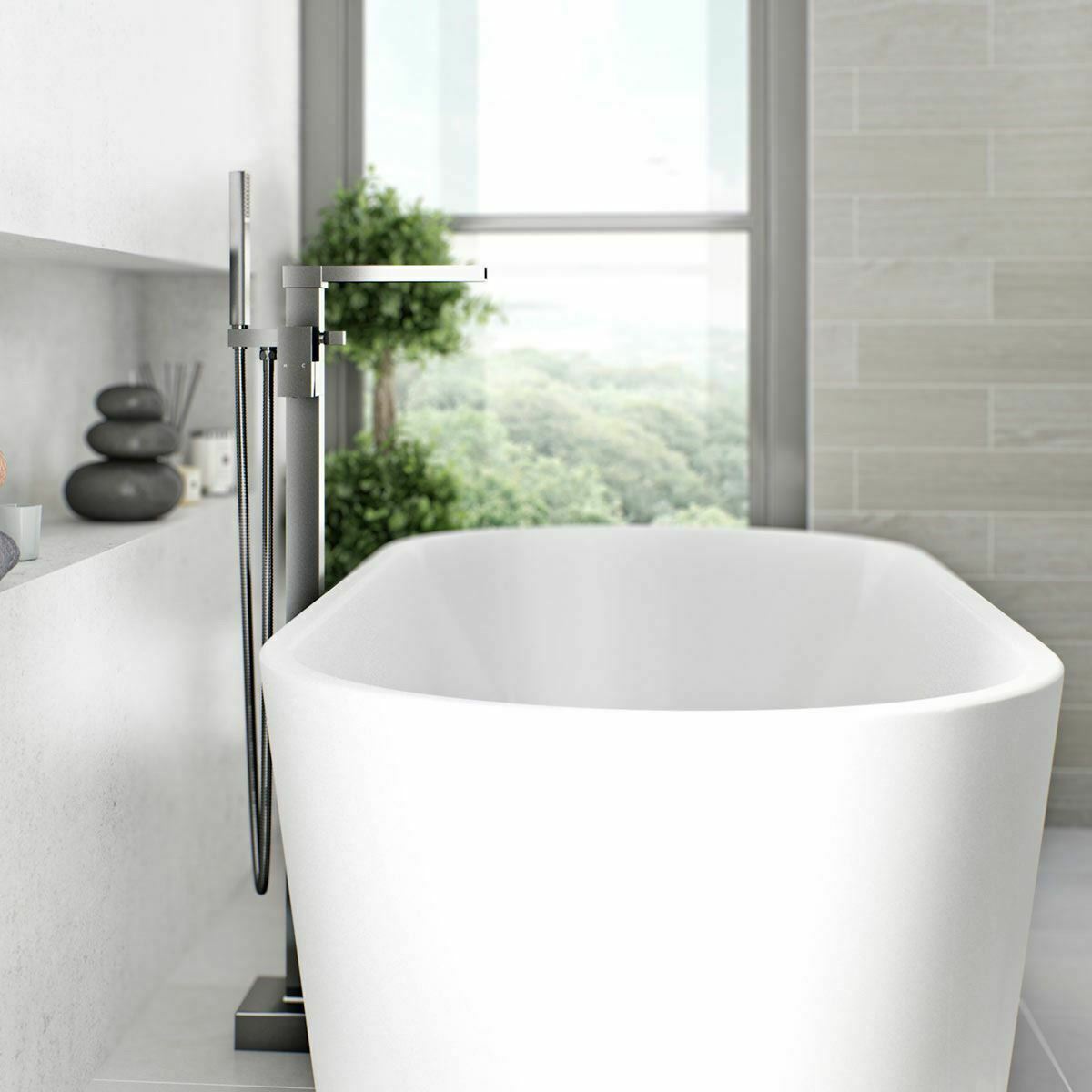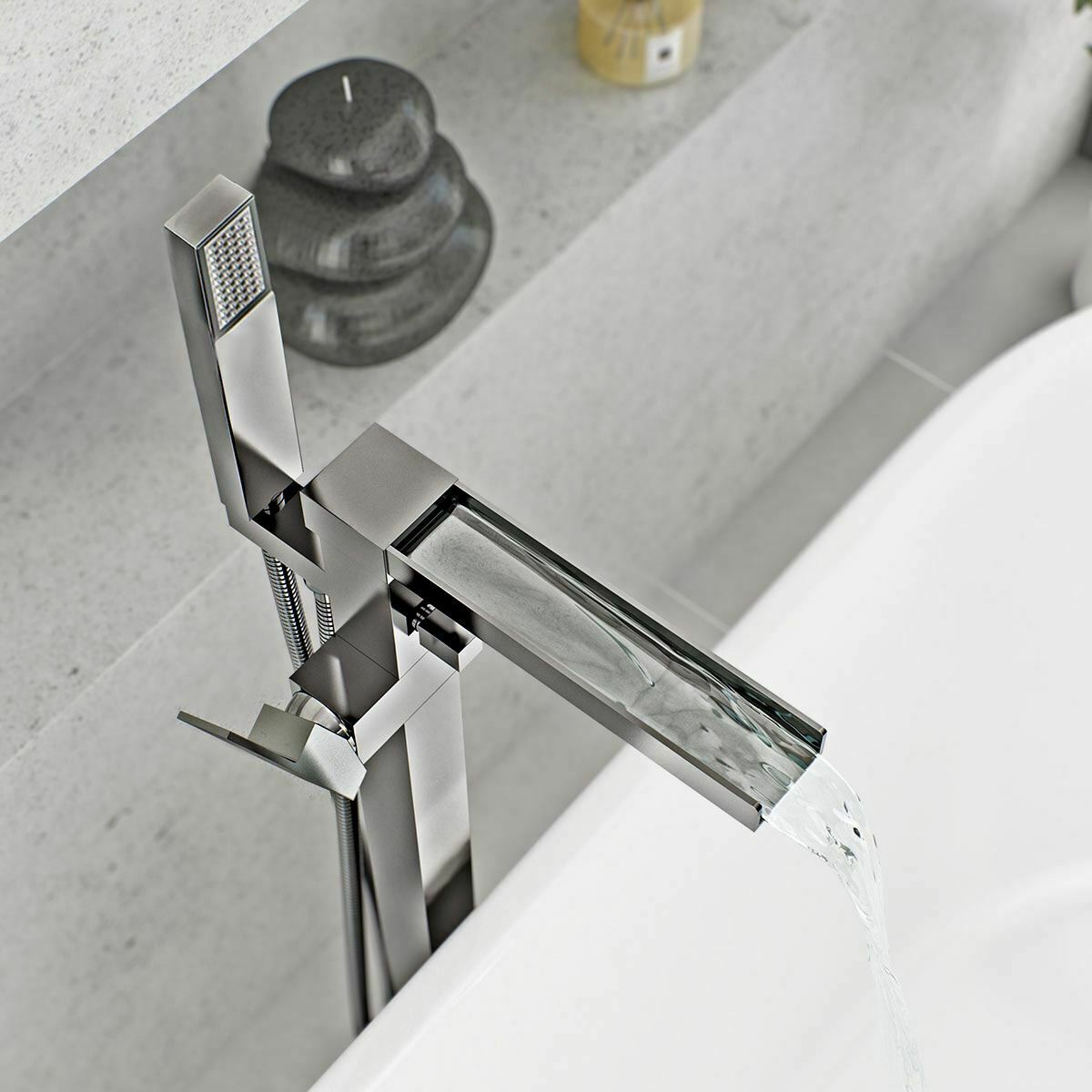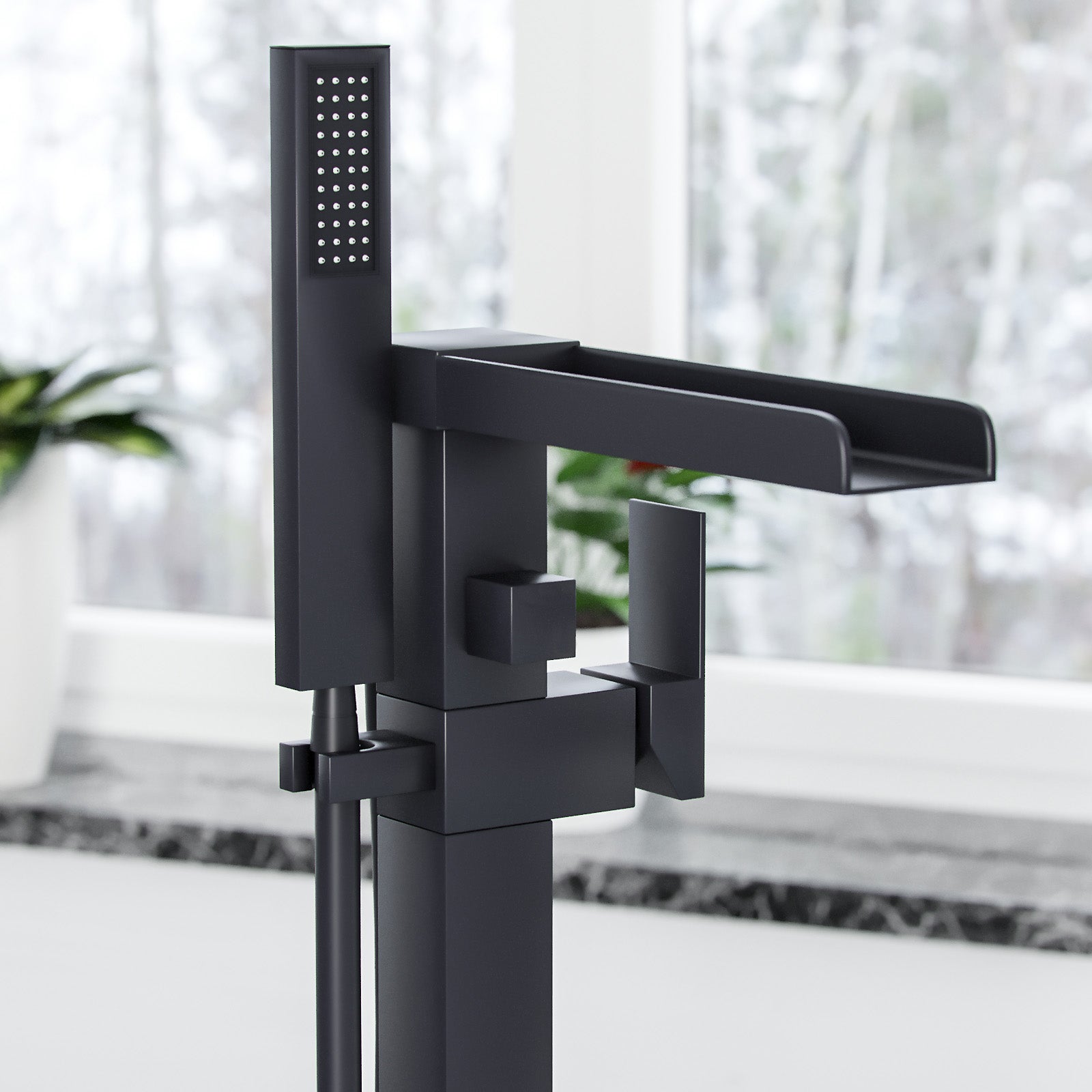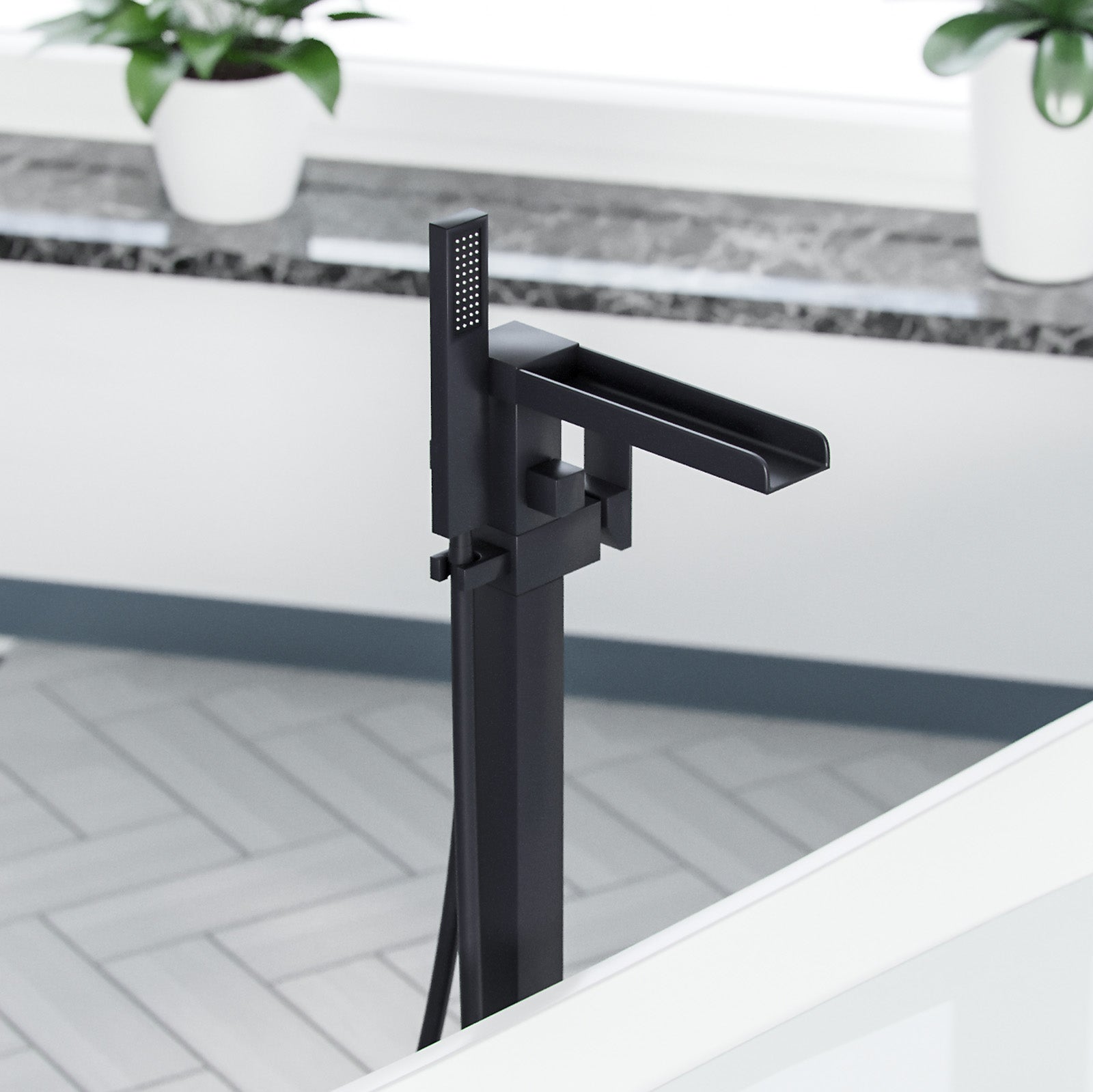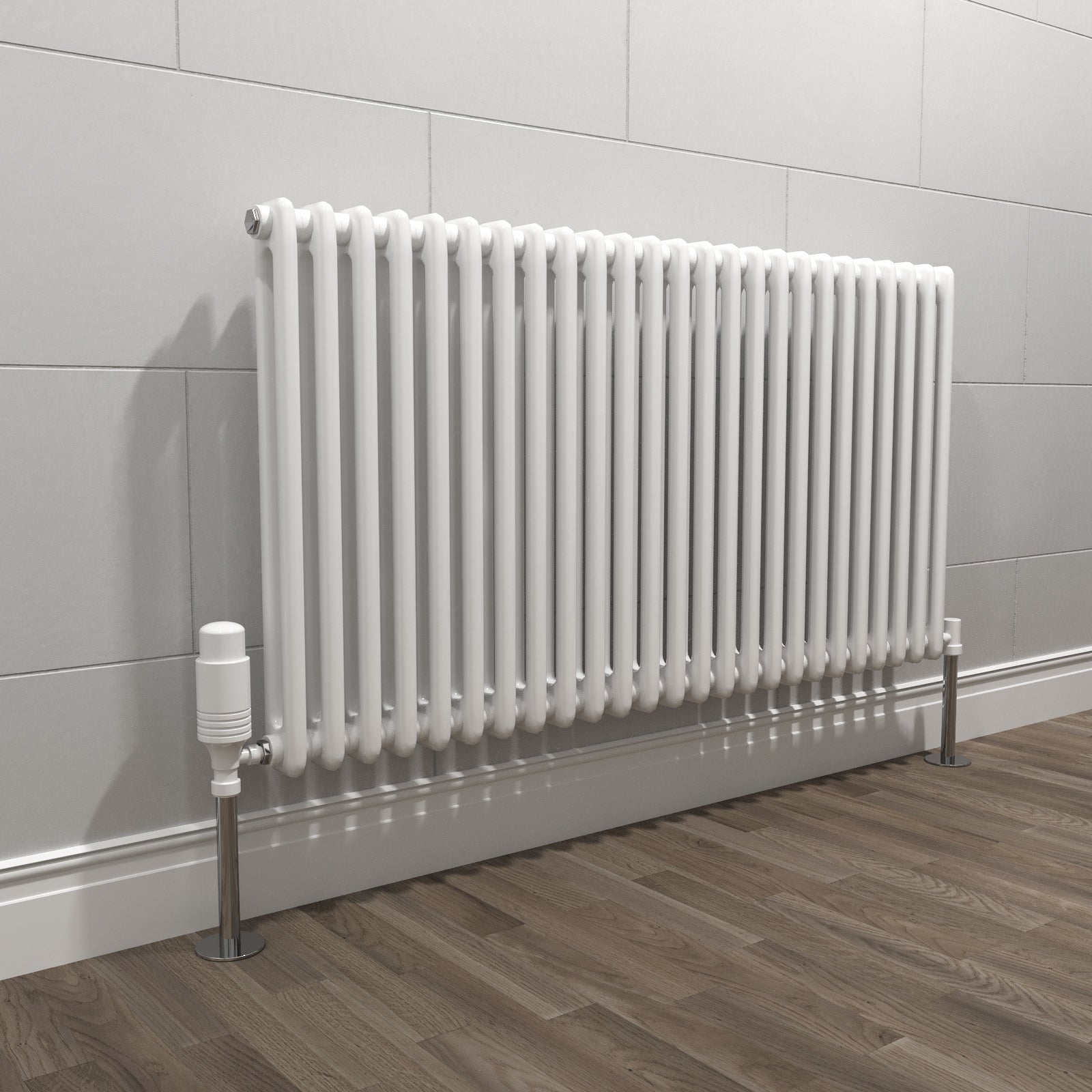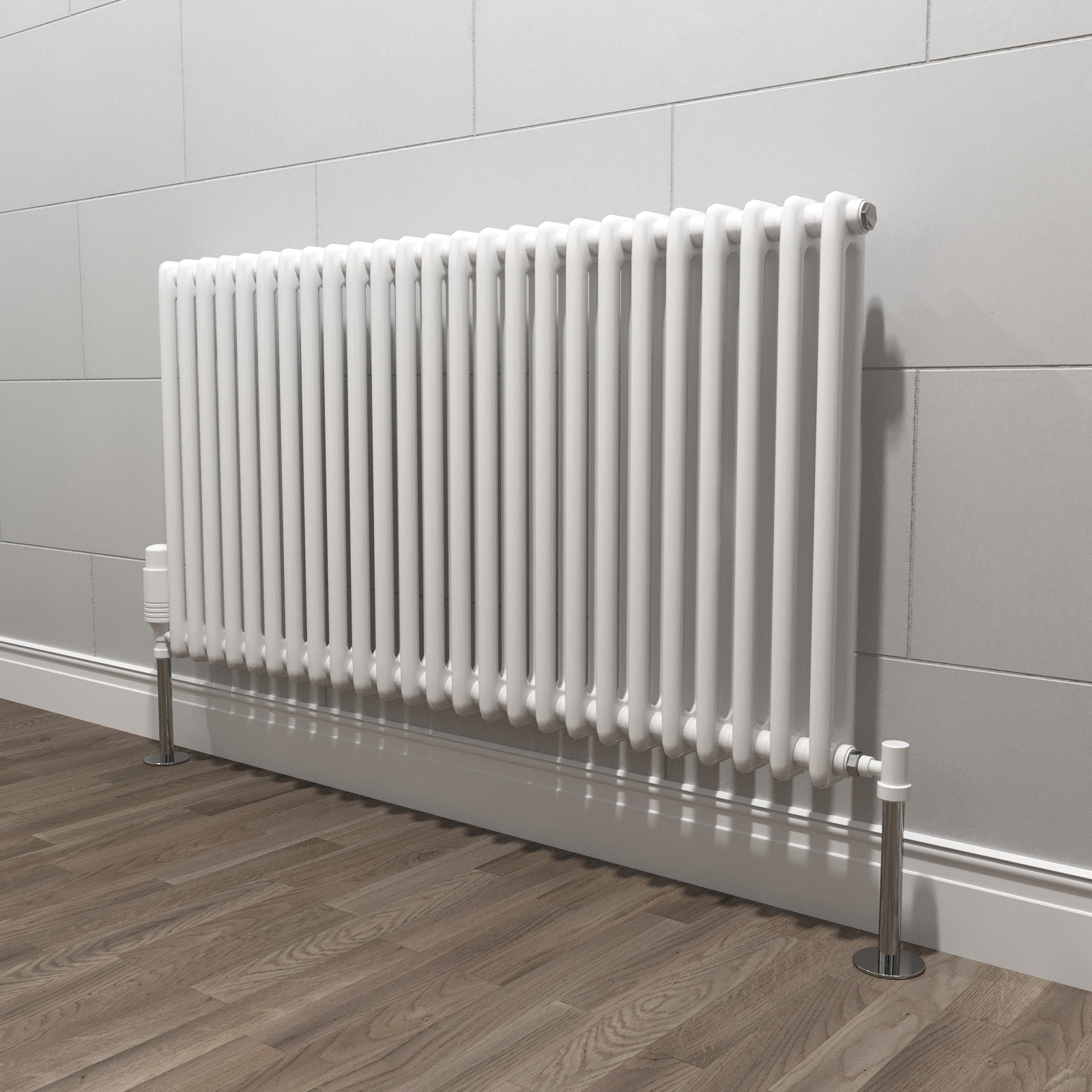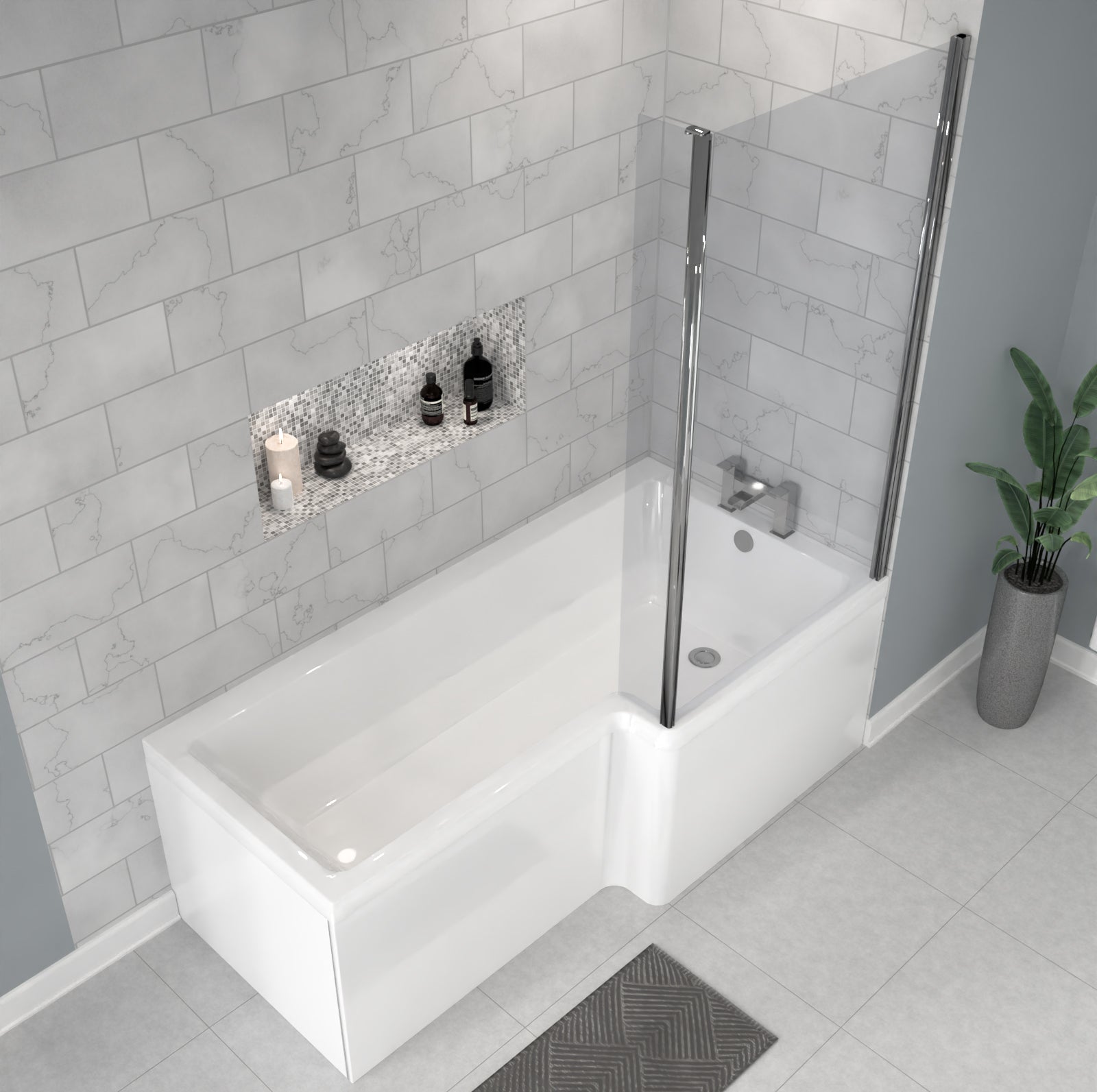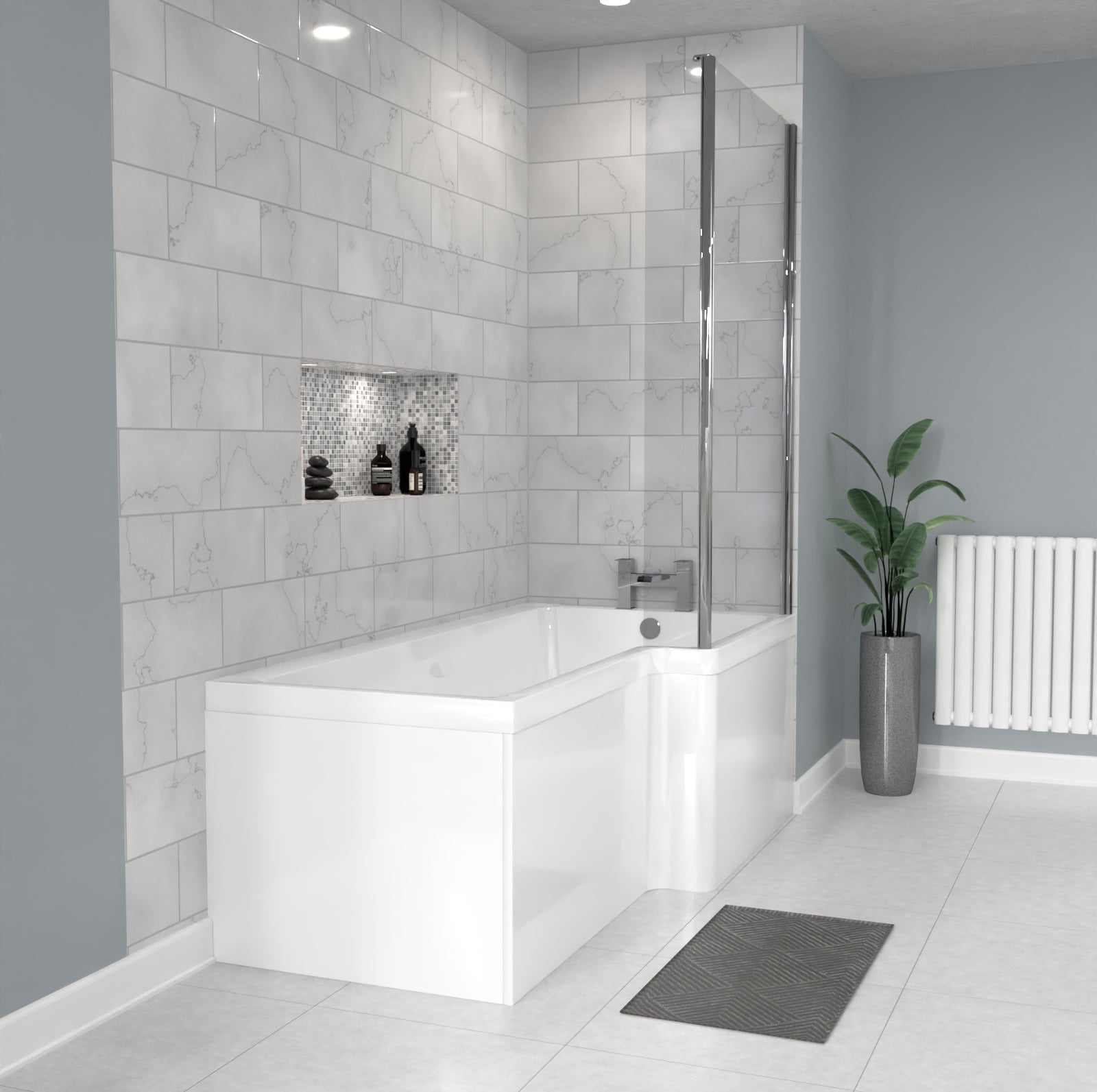
The problem with cleaning black taps
Are you struggling to give your black taps a good clean? Although this modern, popular tap design gives a sophisticated look to your bathroom or kitchen, unfortunately, these taps don’t come without a few problems. Cleaning black taps is much more of a problem compared to old style taps. When most people had chrome taps, they didn’t have the same issues as today’s stylish black matt taps which tend to discolour due to their matt black coatings. You may have the problem of marks, scratches and limescale showing up more easily. On the other hand, there are plenty of ways to maintain black taps if you want to keep your fantastic choice of tap style in tip top shape!
Regular cleaning is a must!
If you use the correct cleaning method and follow the guidance on what to avoid, your black taps will stay looking as good as they come. Due to how easy it is to have limescale build up as well as other damaging substances such as powdered make up, moisturiser and toothpaste, regular cleaning is a must! This not includes cleaning the upper section of your black taps, but also regularly wiping the base of the taps to avoid brown rings appearing.
Cleaning black taps and what to avoid:
People often forget that they shouldn’t use harsh cleaning equipment like scourers, scratchy sponges and anything with an abrasive surface. This is because you risk chipping the matt black finish off the tap’s surface. Even though you can clean chrome taps with industrial cleaner and various waxes and polishes to give them a good shine, these are not suitable for black taps as the chemicals can damage the black finish. Don’t be tempted to dry or clean the taps with paper towels! These can leave dusty marks all over your black taps.
Cleaning black taps the right way
The way to maintain regular cleaning is to keep a cloth handy and clean off any powder or liquid substances after each use of the sink. Using a microfibre cloth is ideal. The method is simple: use warm, soapy water and gently clean the taps until all the grime has gone. If you do decide to use alcohol based cleaner, only use this around the base of the taps to avoid discolouration of the taps. Covering the taps with a soft cloth whilst you clean the base is a good way to stop substances from splashing onto the taps. You can also use the soft brush attachment on a vacuum cleaner. This is a quick and easy way to get rid of dust without affecting the surface of the tap. You should also avoid citrus based substances and bleach.
Why does limescale build up on black taps?
This is all to do with the evaporation of hard water. Hard water contains calcium so limescale marks will begin to appear when the water evaporates, leaving calcium and other chemical deposits behind. This is why you should wipe your taps down regularly, particularly if you have hard water in your area.
Cleaning limescale away from black taps:
A good method for getting rid of harsh limescale, is to use an equal amount of lemon and vinegar on your cleaning cloth. Test a small area first if you aren’t sure whether you have chosen the correct cleaning method.
Replacing damaged black taps
Finally, our range of black taps from Neshome are a great choice if you need to replace black taps that have been damaged. Always make sure that whoever is installing them is experienced enough to know what substances can potentially damage the taps. So long as you keep a regular cleaning routine, use the correct cleaning methods and are careful to avoid what could be harmful to the tap’s surface, your black taps are bound to retain their sturdy, fashionable look!







